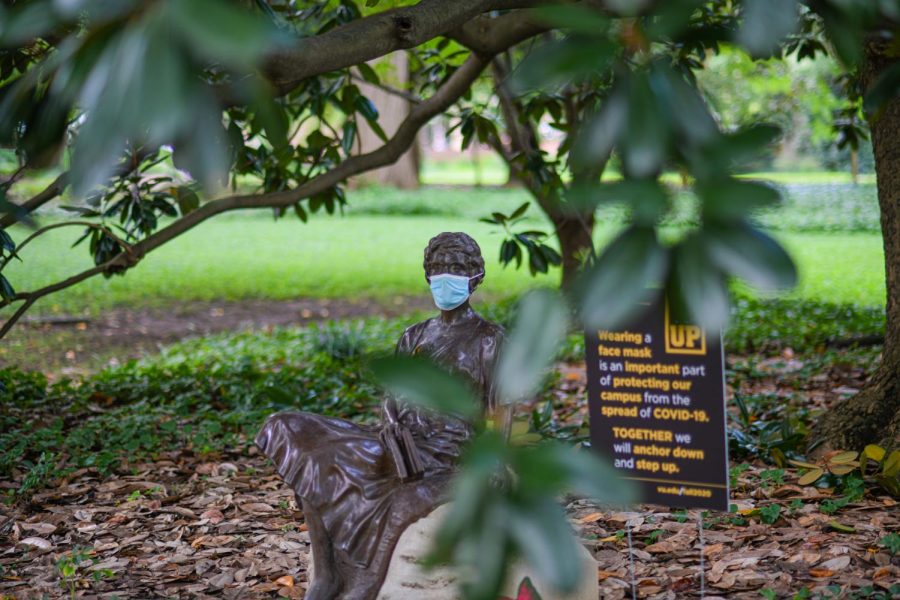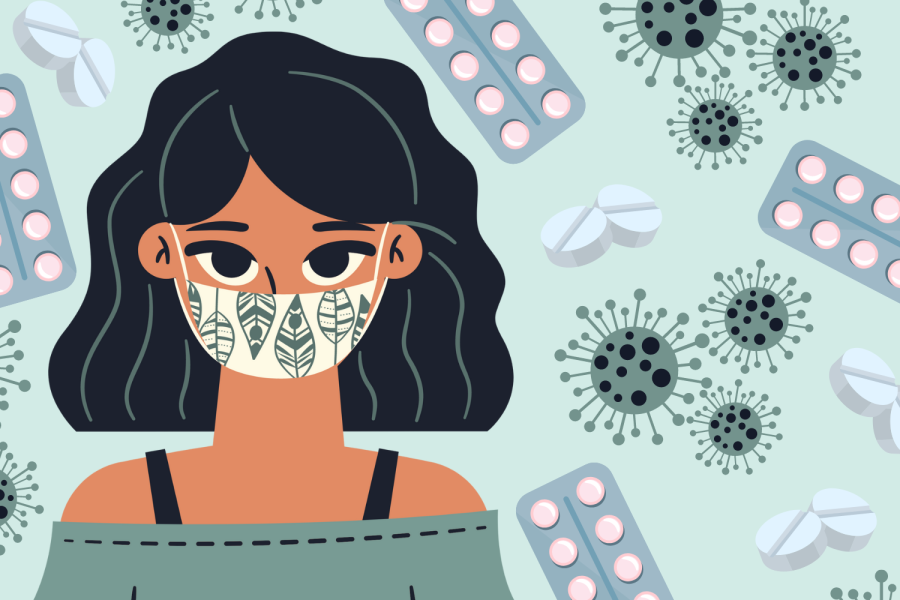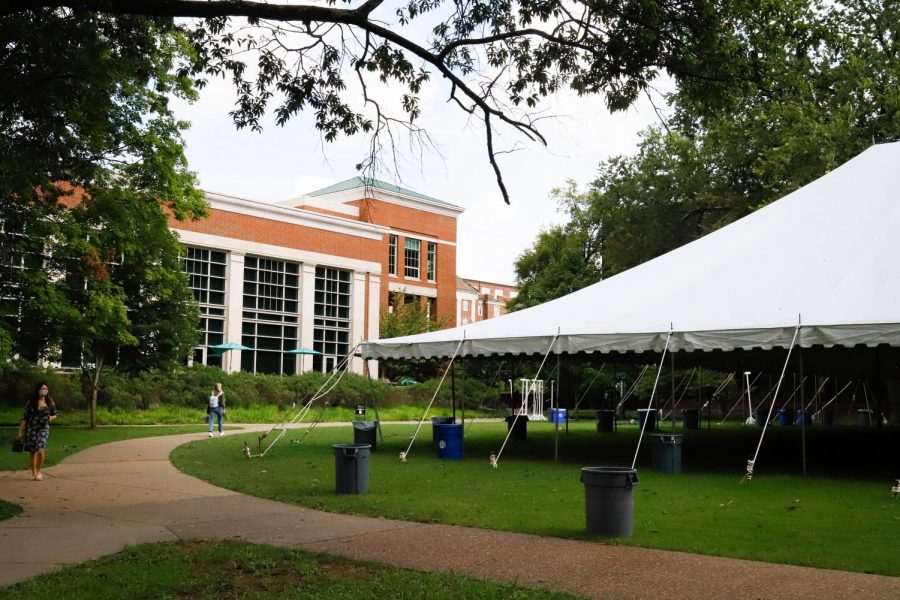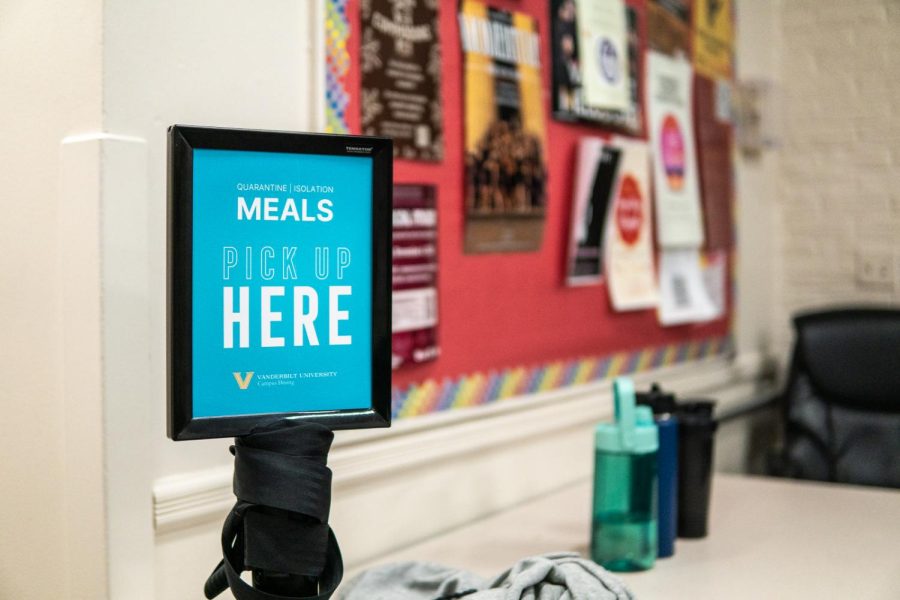Professor of Pediatrics Kathryn Edwards spoke Sept. 14 about coronavirus vaccines and safety and logistical procedures relevant to their development and public distribution. Edwards leads safety initiatives for vaccines at VUMC along with the Clinical Immunization Safety Assessment Project conducted by the Centers for Disease Control (CDC). She provides consultation to doctors who have questions about adverse events that have occurred upon administration of a vaccine. She also consults for a number of pharmaceutical companies on vaccine safety and is a member of the CDC’s Advisory Committee on Immunization Practices (ACIP).
The Centers for Disease Control and Prevention (CDC) has sent out guidelines to public health officials in all 50 states regarding the distribution of two coronavirus vaccines as early as late October or early November. In response to the advice, health officials are expressing potential safety concerns associated with the telescoping of distribution timelines, and the CDC cites its guidelines as a small step in what could be a large-scale deployment effort. Traditionally, vaccines are tested over a number of years on different groups of people.
Vanderbilt Hustler: What do you make of the ambitious efforts to accelerate the initial release of the vaccine? What major obstacles are in the way of distributing the vaccine given this telescoping of the timeline?
Dr. Kathryn Edwards: I think it is fair to say that the timeline regarding the availability of these vaccines is unlikely to be anytime in October and is likely to be closer to the end of the year. It is hard to know what those timelines will be; it will depend upon whether a sufficient number of people have been enrolled or infected with the virus to be able to determine whether the vaccine is effective.
It will also depend upon the safety profile of the vaccine. Last week, one study was stopped for an adverse event and an evaluation is currently being conducted. At any time, one adverse event could stop the studies and halt what is going on. So, the timeline of the availability and licensure of the vaccine is a dynamic process.
The CDC’s Advisory Committee on Immunization Practices (ACIP) and state health departments are closely working on the matter of distribution. In Tennessee, most of the H1N1 vaccines were distributed through Tennessee Health Departments, a model that worked quite well. Also, the providers have to be available so the logistics of vaccine distribution takes a lot of effort, and that is what the CDC is focused on.
What vaccines are being considered for distribution and any applicable vaccine policy?
There have been a number of different vaccines in phase 3 trials. The phase 3 trials that have had the most participants are those by Moderna, Pfizer and AstraZeneca. As a group, the pharmaceutical companies have released a document stating that all of them are dedicated to making a comprehensive safety assessment before their vaccines are licensed. Additionally, the Food & Drug Administration (FDA)’s guidance document requires that the vaccine be at least 50 percent effective in order to be considered for licensure.
What will surveillance of the vaccines look like for the Nashville populace?
A couple of things will be ongoing. There will be a prioritization of the vaccine administration; there are not enough doses for everyone. The CDC and the National Academy of Medicine are working on establishing a priority list in which high-risk groups will be administered the vaccine first. Healthcare providers will be targeted first along with other high-risk groups that are coming out later, and how all of them are accessed will be important.
As for assessing the actual impact of the vaccine in Nashville, that will have to be looked at in terms of which population groups are vaccinated. Equally important is to consider whether that will be the role of occupational health, Tennessee Health groups or existing surveillance networks, but the designation of this role is not clear.
When do you anticipate college students receiving the vaccines?
At this point, they are not on the prioritization list, but there may be situations where college students are a part of the evaluation. If there are outbreaks on campuses, there may be situations that arise in which studies could be done on disease prevention, but that has not been planned.
College students, as documented in the priority list by the ACIP and the National Academy of Medicine, are not in the high-risk groups that plan to be vaccinated. However, additional studies may be done with them although they are not presently being planned.
How are coronavirus vaccines developed in relation to the SARS-CoV-2 virus and what types of potential candidates are out there?
There have been over 200 candidates proposed with most still in preclinical trials, but many vaccines are beginning phase 1 and 2 trials and even phase 3 trials. Most of the vaccines are built on the concept that the recipient needs to develop antibodies to the spike protein, which is the little red blob you see on all of the figures of the SARS-2 virus.
The protein interacts with ACE receptors on the human cell, so most of the vaccines encourage the production of antibodies that shield the protein from the receptors and prevent infection of the cell. Some vaccines directly kill the whole virus, and a study is being done in China with this type of vaccine using human participants.
For the most part, RNA and DNA vaccines are leading the pack. With RNA vaccines, the mRNA of the spike protein is injected and the body uses the mRNA to make copies of the protein. Then, the antibodies can be developed to combat the copies and prepare the body against the virus. DNA vaccines work in a similar manner, except that the DNA of the protein is injected instead. In particular, both of these vaccines are easier to produce than other candidates, which has allowed them to garner increased attention amongst providers.
About the mRNA vaccines—Do you believe companies like Moderna and Pfizer have advanced far enough in phase 3 clinical trials for an Emergency Use Authorization (EUA) by the Food and Drug Administration (FDA) without causing dangerous side effects?
We have assurance that both the companies and the FDA would not issue an EUA unless the vaccines are efficacious and safe. The mRNA vaccines are a new concept and they are also being studied heavily for viruses other than COVID. They are not as well- developed when you compare them with inactivated vaccines made for influenza, which have been around for decades and are known to be effective.
As for the concerns about side effects, I think we’ve accomplished a lot in the last nine months in terms of being able to assess thousands of participants, but you have to realize that the studies are not easy to do. Adverse events can happen but they may not be causally related, and that leads to a lot of confusion in assessing safety, especially because the reasons for the event have to be ascertained and if it indeed was related to the vaccine.
On top of that, other standards have to be assessed, including the reactions to the vaccine and its ability to produce an immune response without contributing to the onslaught of the disease itself. Inactivated vaccines were found to enhance disease in animal trials with SARS-1 and MERS, and now there is much caution taken in the study of these vaccines.
As a member of the CDC’s Advisory Committee on Immunization Practices (ACIP), what research have you been engaged in related to coronavirus vaccines? What standards are adhered to when evaluating the efficacy and safety of these vaccines?
In general, all vaccines have to pass through clinical trials that test their ability to evoke an immune response and provide long-lasting protection against disease. As for the coronavirus vaccines, I’ll speak for those that are in phase 3. All of the phase 3 vaccines have comprehensive and standardized safety assessments.
For example, in the Moderna vaccine trial, recipients are queried by their cell phones every day after they have received their dose and are asked to report their temperature and any symptoms such as fatigue, headaches or fever that are suggestive of coronavirus. Recipients are asked to be cultured for COVID-19 if they display symptoms, so there is a close monitoring with the recipients throughout the trial, and this will probably continue for a year after administration of the vaccine.
If there are adverse events that require hospitalization, then the safety committee of the study is informed, and the adverse event is investigated in relation to the study. Worrisome adverse events usually result in suspensions of the study to evaluate the adverse event. At Vanderbilt, we have a 24/7 safety assessment hotline to address adverse events that may occur upon the administration of a vaccine. Vanderbilt works with the CDC to provide a 24/7 answering service to healthcare providers if they have safety questions and part of my role and that of subject matter experts within the medical school is responding to those inquiries.
There was an issue with the supply of vaccines with H1N1 back in 2009. Do you foresee this issue with supply happening in the deployment of coronavirus vaccines, especially if the timeline is accelerated?
There won’t be enough vaccine doses for everyone to receive it on the first day. There will have to be prioritization and clear guidelines to the community about how to access vaccines, especially for the targeted groups. I would imagine that vaccine delivery within the hospital setting and the allocation of recipients to the available doses would be tasked to occupational health services and the hospitals.
The more complicated issues pertain to how high-risk groups will be targeted. Will the focus be on community house settings where there are large burdens of disease? These logistics are being worked out by the CDC and local health departments, and they will be pivotal to an efficient deployment of the available supply of vaccines that we end up having.
Content has been edited for brevity and clarity.










